Walking through the sprawling grounds of Beijing’s Yuanmingyuan, or the Old Summer Palace, visitors today encounter a landscape of scattered stone fragments and overgrown foundations. Once the pinnacle of Qing dynasty architectural brilliance, the palace complex was looted and burned in 1860 during the Second Opium War, leaving behind only haunting remnants of its former grandeur. But now, thanks to augmented reality (AR) technology, the ghosts of Yuanmingyuan’s past are being resurrected in vivid detail, allowing modern audiences to step into a meticulously reconstructed digital version of the lost imperial gardens.
The Yuanmingyuan AR project represents one of the most ambitious applications of digital heritage restoration in China. By overlaying virtual reconstructions onto the physical ruins through smartphone screens or AR glasses, the experience creates a seamless blend of history and technology. As visitors move through the site, they can witness the shattered columns of the Great Fountain suddenly restored to their 18th-century splendor, with water bursting from marble sculptures as it once did for the Qianlong Emperor. The effect is both jarring and mesmerizing—a tangible collision of past and present that challenges traditional notions of how we engage with historical spaces.
Beyond simple visualizations, the AR experience incorporates layers of historical context. Tapping on specific structures triggers narratives from court officials, European missionaries who visited the original palace, and even the emperors themselves. The technology doesn’t just rebuild the architecture; it reanimates the social and cultural ecosystem that thrived within these walls. Visitors might find themselves surrounded by the spectral figures of concubines strolling through reconstructed pavilions or hear the faint strains of imperial musicians performing for long-dead royalty.
What makes this project particularly groundbreaking is its scholarly foundation. Rather than creating fanciful interpretations, the digital models are based on decades of archaeological research, historical paintings, and even comparisons with surviving structures from the same period. The team collaborated with historians to ensure the virtual restorations reflect authentic colors, materials, and spatial relationships. This academic rigor sets the Yuanmingyuan AR apart from more commercial augmented reality applications, positioning it as a new model for digital heritage preservation.
The emotional impact of this virtual restoration cannot be overstated. For Chinese visitors, many of whom were taught about the destruction of Yuanmingyuan as a national humiliation, seeing the palace resurrected evokes complex feelings of pride, loss, and resilience. International tourists, meanwhile, gain unprecedented access to a cultural treasure that existed primarily in history books. The AR experience transforms the ruins from static relics into a dynamic conversation between generations, inviting reflection on imperialism, cultural preservation, and the role of technology in healing historical wounds.
As the sun sets over Yuanmingyuan, the augmented reality takes on an even more magical quality. The reconstructed buildings glow with simulated lantern light, their reflections shimmering in the digital waters of long-drained lakes. It’s in these moments that the technology achieves its most profound effect—not just showing what was lost, but making visitors feel the absence and the possibility of reconnection. The stones beneath their feet remain broken, but through the alchemy of augmented reality, the Old Summer Palace lives again, if only through the looking glass of a smartphone screen.
Looking ahead, the Yuanmingyuan AR project hints at a future where physical preservation and digital restoration work in tandem. As climate change and urbanization threaten heritage sites worldwide, such technologies may offer ways to preserve cultural memory even when the original structures can no longer be maintained. The echoes of history, it seems, are finding new ways to resonate—not through static monuments, but through the dynamic interplay of memory and innovation that defines our digital age.

By /Jul 16, 2025

By /Jul 16, 2025

By /Jul 16, 2025

By /Jul 16, 2025

By /Jul 16, 2025

By /Jul 16, 2025
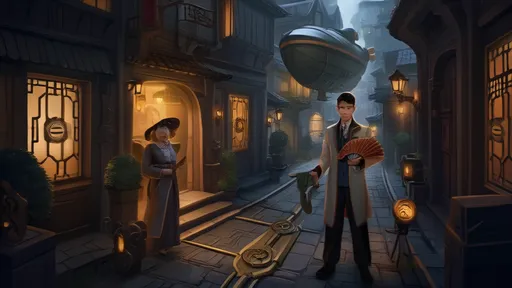
By /Jul 16, 2025

By /Jul 16, 2025
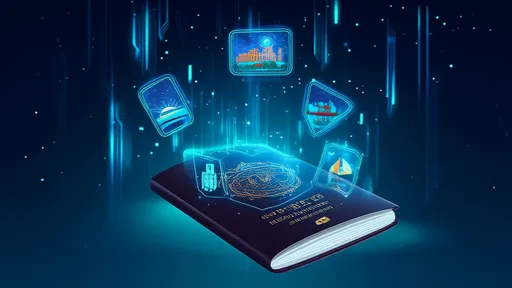
By /Jul 16, 2025
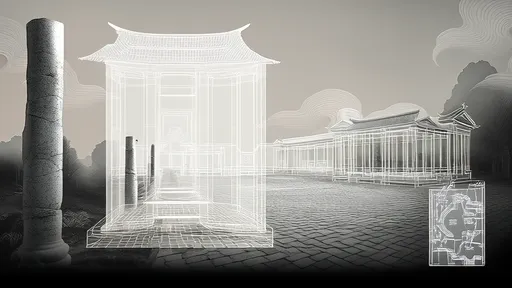
By /Jul 16, 2025

By /Jul 16, 2025
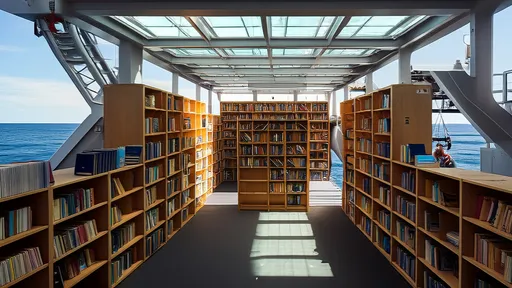
By /Jul 16, 2025

By /Jul 16, 2025

By /Jul 16, 2025

By /Jul 16, 2025
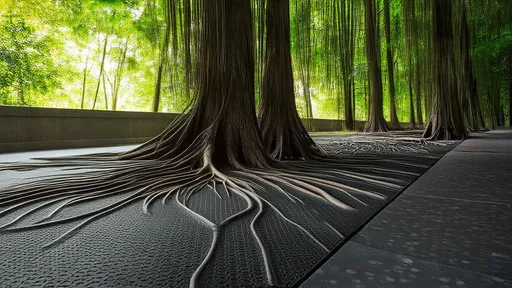
By /Jul 16, 2025
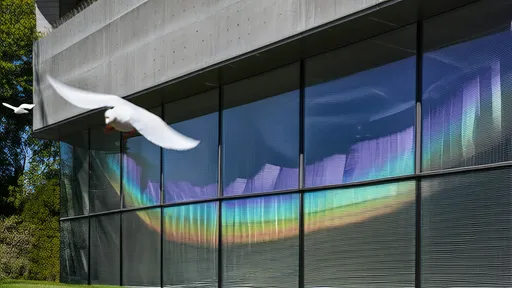
By /Jul 16, 2025
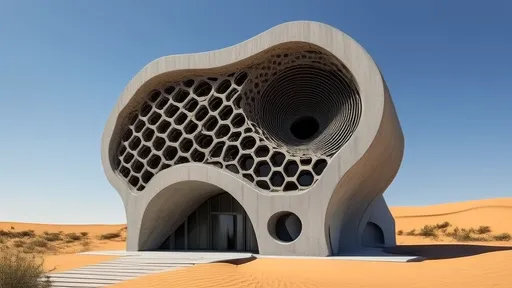
By /Jul 16, 2025